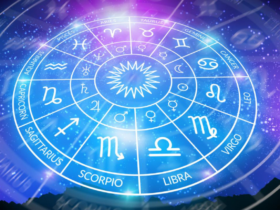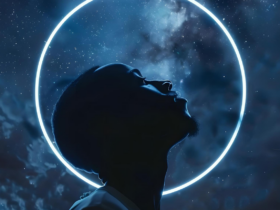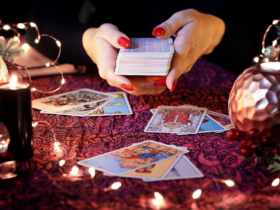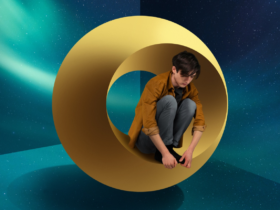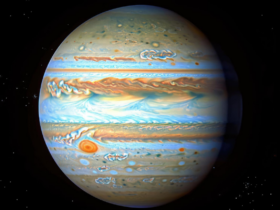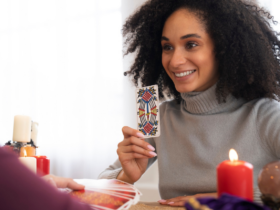In a world where the tangible often overshadows the mystical, tarot cards offer a unique lens to explore the unseen dimensions of our lives. Originating in the mid-15th century in Europe as a simple card game, tarot has evolved into a powerful tool for introspection and guidance. But how exactly does tarot reveal hidden truths, and why do so many people turn to it for answers?
The Symbolic Language of Tarot
At the heart of tarot lies a deck of 78 cards, each adorned with rich imagery and symbols. These symbols form a universal language that speaks to our subconscious. The Major Arcana, consisting of 22 cards, represent significant life events and spiritual lessons, while the Minor Arcana, with 56 cards, reflect everyday challenges and triumphs. When these cards are drawn and arranged in a spread, they create a narrative that mirrors the querent’s inner world.
Intuition and Interpretation
The magic of tarot is not just in the cards themselves, but in the intuitive process of reading them. A skilled tarot reader taps into their intuition to interpret the cards’ meanings in the context of the querent’s life. This process often brings to light feelings, fears, and desires that lie beneath the surface of conscious awareness. The act of articulating these hidden aspects can lead to profound insights and clarity.
Reflection and Empowerment
Tarot acts as a mirror, reflecting back to us the truths we may already know but struggle to acknowledge. By confronting these truths, we gain a deeper understanding of ourselves and our circumstances. This reflection is empowering; it encourages personal growth and proactive decision-making. When we see our challenges and strengths laid out in the cards, we are better equipped to navigate our lives with confidence and purpose.
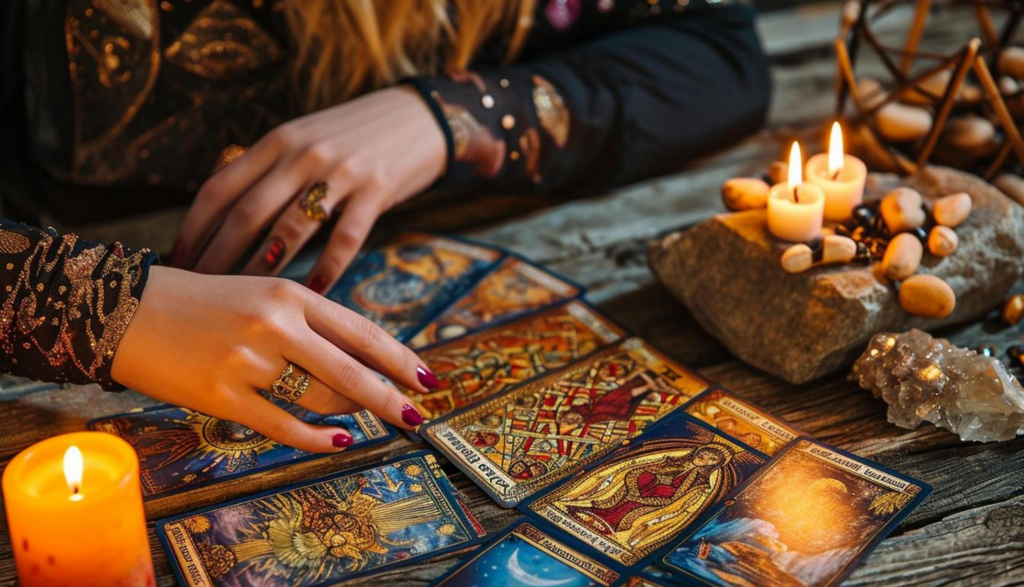
The Psychological Perspective
From a psychological standpoint, tarot can be seen as a tool for accessing the subconscious mind. Carl Jung, the renowned Swiss psychiatrist, spoke of archetypes and the collective unconscious—concepts that resonate strongly with the symbolic nature of tarot. Engaging with these archetypes through tarot readings can facilitate a deeper self-awareness and emotional healing.
Related: What Sets Tarot Apart: The Difference Between Guidance and Prediction
Beyond Fortune-Telling
While some approach tarot with the expectation of fortune-telling, its true value lies in its ability to provide perspective rather than predictions. A tarot reading is not about determining a fixed future but about exploring potential paths and understanding the influences at play. It is a conversation with oneself, guided by the symbols on the cards and the insights of the reader.
In an era dominated by data and concrete evidence, tarot invites us to embrace the mysteries of the human experience. By revealing hidden truths, it offers a bridge between the conscious and subconscious, helping us to see beyond the immediate and the obvious. Whether used for personal reflection, spiritual exploration, or therapeutic purposes, tarot remains a timeless tool for uncovering the deeper layers of our existence.





